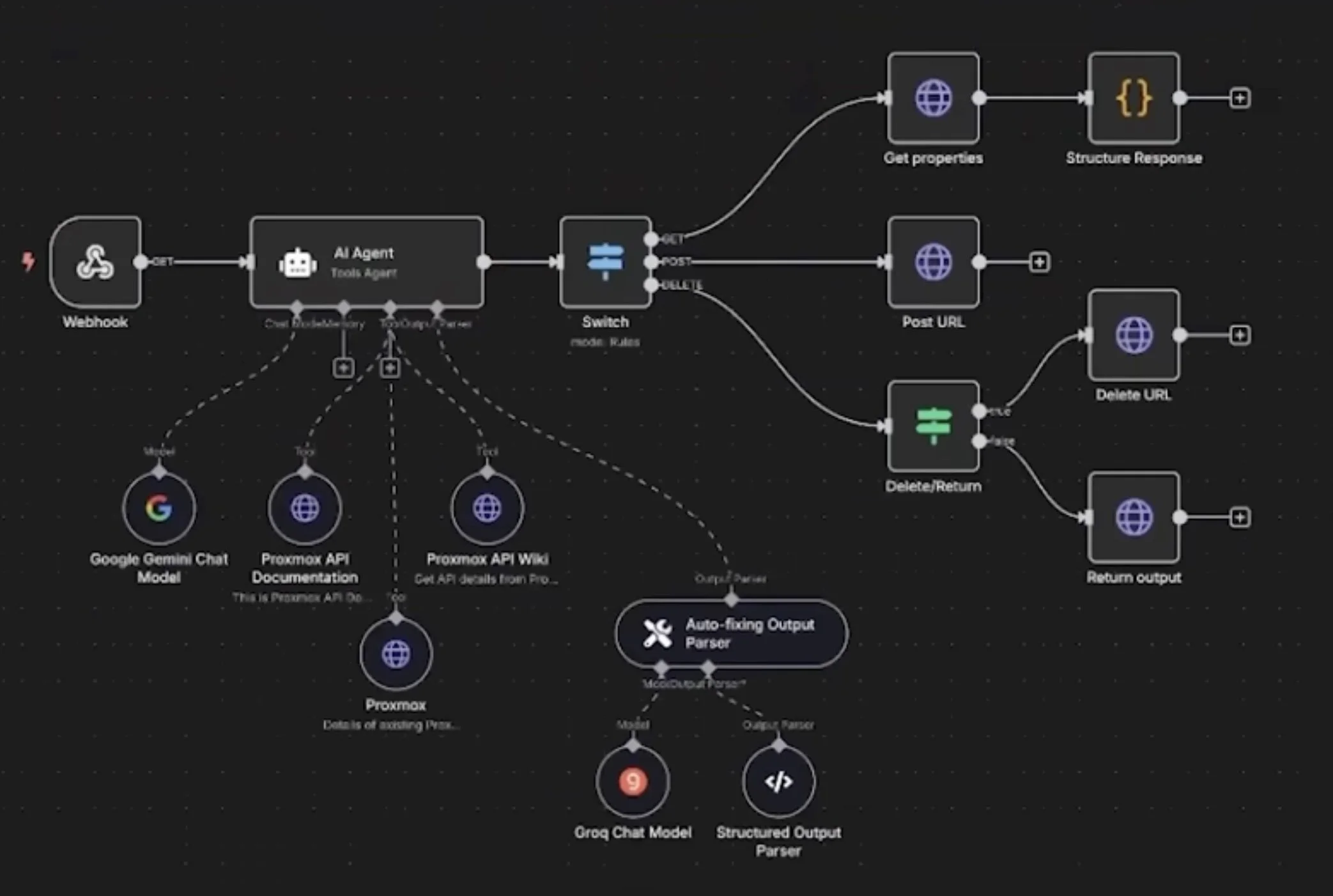WE BUILD DISRUPTIVE INNOVATIONS WITH AI
PORTFOLIO
STRAXO AI - Structural Engineering tool which creates full Structural design in minutes
2025 -
G WELLNESS - AI Doctor, lab test and home kit result analyzer, wellness adviser
2025 -
CUSTOM PROJECT?
Here are our specialities:
AI agencies - agent systems - possible to automate engineers work
Machine Vision - possible to read drawings, great for estimation, sensoring solutionsChat bots - assistants who always got the right answer
Workflow automation - automate your daily routine with AI integrations
curious to know more?
info@aiinvestlab.com
+371 29155821

